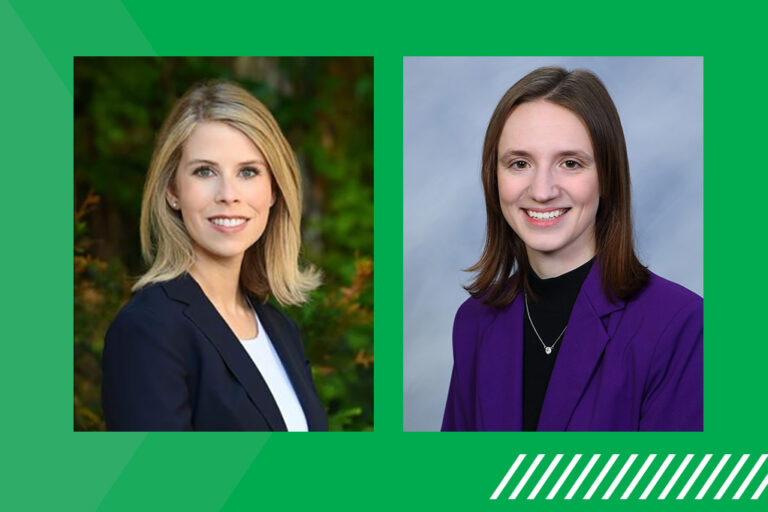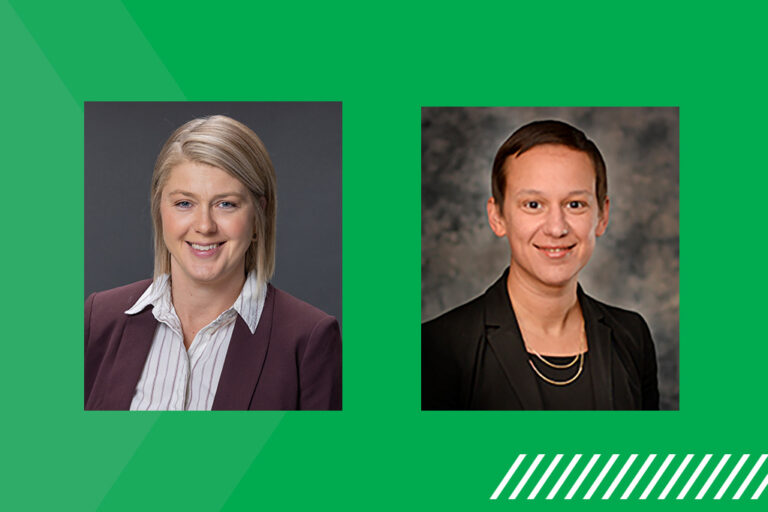ChatGPT, Professor of Law by Professor Tammy R. P. Oltz
Date Written: February 4, 2023
Abstract
Although ChatGPT was just released by OpenAI in November 2022, legal scholars have already been delving into the implications of the new tool for legal education and the legal profession. Several scholars have recently written fascinating pieces examining ChatGPT’s ability to pass the bar, write a law review article, create legal documents, or pass a law school exam. In the spirit of those experiments, I decided to see whether ChatGPT had potential for lightening the service and teaching loads of law school professors.
To conduct my experiment, I created an imaginary law school professor with a tough but typical week of teaching- and service- related tasks ahead of her. I chose seven common tasks: creating a practice exam question, designing a hand-out for a class, writing a letter of recommendation, submitting a biography for a speaking engagement, writing opening remarks for a symposium, developing a document for a law school committee, and designing a syllabus for a new course. I then ran prompts for each task through ChatGPT to see how well the system performed the tasks.
Remarkably, ChatGPT was able to provide useable first drafts for six out of seven of the tasks assigned in only 23 minutes. Overall and unsurprisingly, ChatGPT proved to be best at those tasks that are most routine. Tasks that require more sophistication, particularly those related to teaching, were harder for ChatGPT, but still showed potential for time savings.
In this paper, I describe a typical work scenario for a hypothetical law professor, show how she might use ChatGPT, and analyze the results. I conclude that ChatGPT can drastically reduce the service-related workload of law school faculty and can also shave off time on back-end teaching tasks. This freed-up time could be used to either enhance scholarly productivity or further develop more sophisticated teaching skills.
Read the full paper on SSRN


